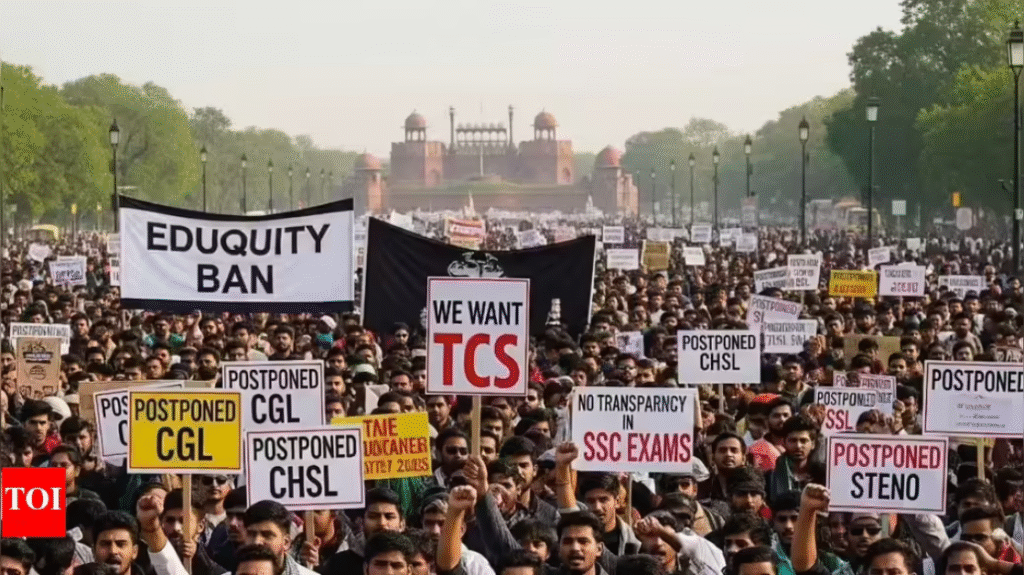What Exactly Happened at Delhi High Court
On September 12, 2025, the Delhi High Court premises were evacuated after receiving an email bomb threat warning that three improvised explosive devices (IEDs) had been planted in various locations, including a judge’s chamber. The email also stated that a blast was scheduled shortly after Friday prayers. Authorities responded quickly: court proceedings were suspended, the premises were vacated, and bomb detection and disposal squads were called in to investigate.
The Registrar General of the court, Arun Bhardwaj, confirmed the receipt of the email. The threat’s origins are under investigation; police suspect the message was sent via a Virtual Private Network (VPN). As of now, the threat appears to be a hoax, with no explosives found.
The Broader Pattern: Hoax Bomb Threats Across Institutions
This incident is not isolated. Over the past year and more, Delhi has seen over 30 hoax bomb threat emails targeting schools, colleges, hospitals, and government bodies. These threats often disrupt schedules, cause panic, and strain security infrastructure despite being false.
These recurring threats have raised serious concerns about both the efficiency of detection and the legal frameworks available to deter perpetrators. Especially as many threat emails are sent anonymously, possibly from abroad, or through encrypted or masked networks.
Legal Framework: What Laws Apply to Bomb Threats in India
Penal Provisions for Making a False Threat
Hoax bomb threats cause fear, disrupt public order, waste security resources. Under Indian law, several provisions may apply:
- IPC Section 506 (Criminal Intimidation): Threatening a judge’s chamber or court premises can be construed as criminal intimidation.
- IPC Section 505 (Statements Conducive to Public Mischief): If the threat incites panic or mischief.
- IPC Section 182 (False Information with Intent to Cause Public Alarm): Particularly relevant when false statements are made to public servants or institutions.
If any of these are invoked, the offender can face imprisonment, monetary fines, or both depending on severity.
Aggravating Factors
- Targeting judicial institutions elevates legal seriousness. Courts are Constitutionally protected; threats can undermine justice delivery.
- Threats timed around public events (like prayers) or naming persons/officials may trigger additional scrutiny.
Security & Procedural Issues: How Courts Respond
Evacuation & Suspended Proceedings
Once the threat was received, Delhi HC followed established emergency protocols:
- Judges and litigants vacated courtrooms.
- Court proceedings were suspended for the day.
- Security teams, bomb disposal units, and police carried out sweep and checks.
Investigative Challenges
- Use of VPNs or encrypted networks complicates tracing the sender.
- Proving intent: whether the threat was meant to intimidate, political motive, or a prank.
Constitutional & Rights Perspectives
Right to Protection & Safe Courts
India’s Constitution enshrines:
- Right to life and personal liberty (Article 21), which could be threatened by unsafe judicial spaces;
- Right to access courts for citizens. Repeated threats hamper access.
Free Speech vs Public Safety
While speech is protected, threats are not. Balancing right to expression and freedom of communication with the need to maintain safety and prevent panic is crucial in legal jurisprudence.
Legal Precedents & Courts’ Direction
- In recent years, Delhi High Court itself ordered the government to formulate a Standard Operating Procedure (SOP) for handling bomb threats in schools. It emphasizes prevention, preparedness, response, and recovery.
- Courts have also recognized the trauma and disruption caused by hoax threats and have called for stronger deterrents.
What Penalties Are Possible If Someone Is Caught
Depending on which sections of the IPC are applied, penalties might include:
- Up to three years imprisonment or more under certain sections (e.g., using false threats causing public mischief).
- Fines, as prescribed under relevant sections.
- If the threat involves named parties or judges, aggravated criminal charges may be filed.
Why This Matters
- Judicial credibility & trust: Court is a place of justice; repeated threats can erode confidence in its security and ability to dispense justice.
- Operational disruption: Delays in hearing cases, adjournments waste judicial time and resources.
- Psychological impact: For judges, lawyers, staff and litigants, fear and anxiety can be significant.
What Needs to Change: Recommendations
- Mandatory SOPs across all courts for handling threats, hoaxes and security.
- Better coordination between judicial administrators, police, cyber units.
- Stronger laws or stricter enforcement for false threat makers, even for hoaxes.
- Cyber-tracing capacity needs strengthening to identify senders using VPN/proxies.
- Awareness and drills for court staff & public about handling bomb threats.
Conclusion
The bomb threat at Delhi High Court via email—though currently likely a hoax—is a wake-up call. It underlines vulnerabilities in court security, the legal gaps in deterring false threats, and the urgent need for procedural robustness. Courts must not only respond to such threats but anticipate them: through strong SOPs, technological tools, and legal deterrents.
The integrity of judicial institutions depends not just on law and orders, but on ensuring that people can approach them safely without fear.
To read more Indian Laws and news, visit Legal Guide India



